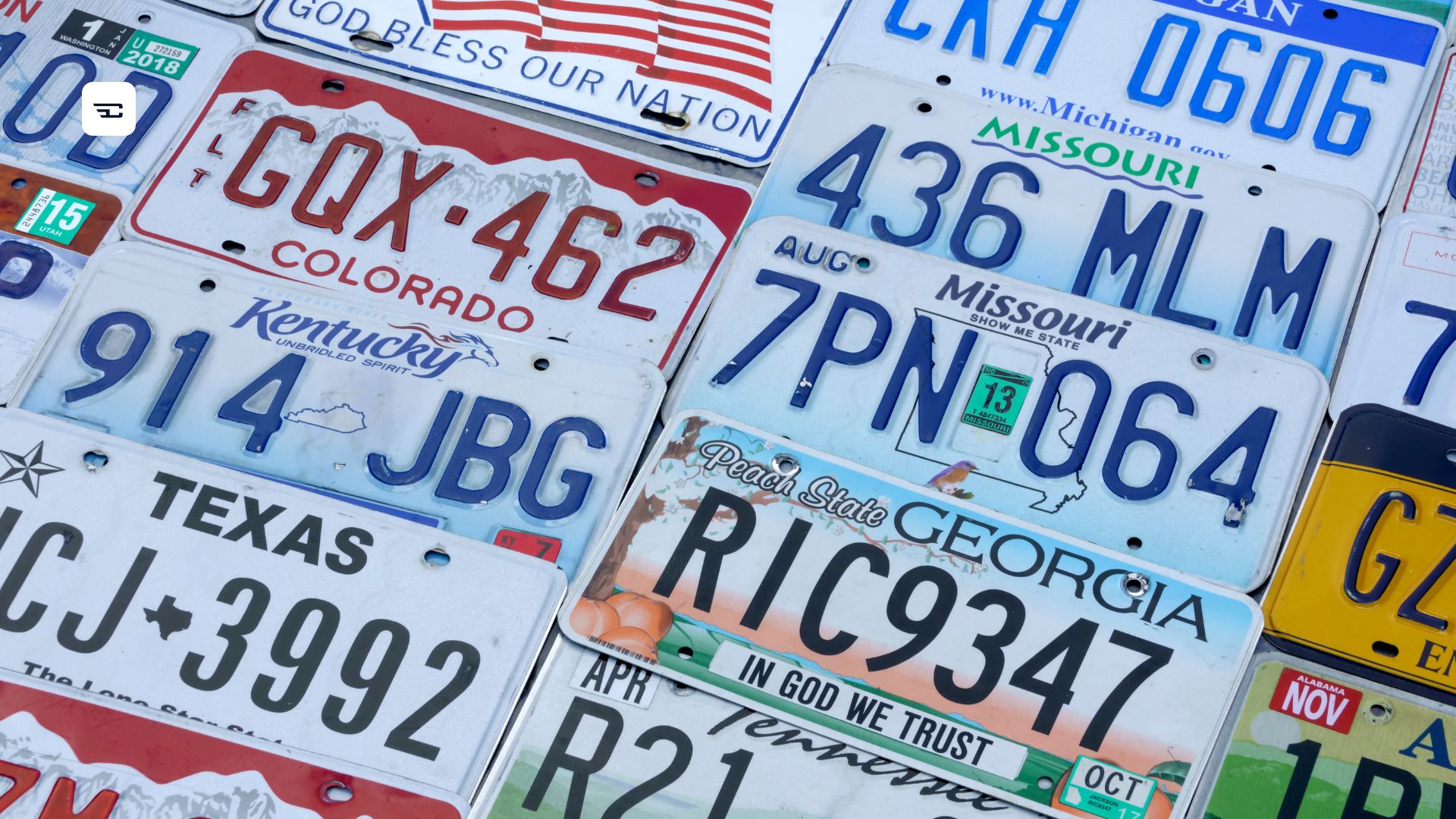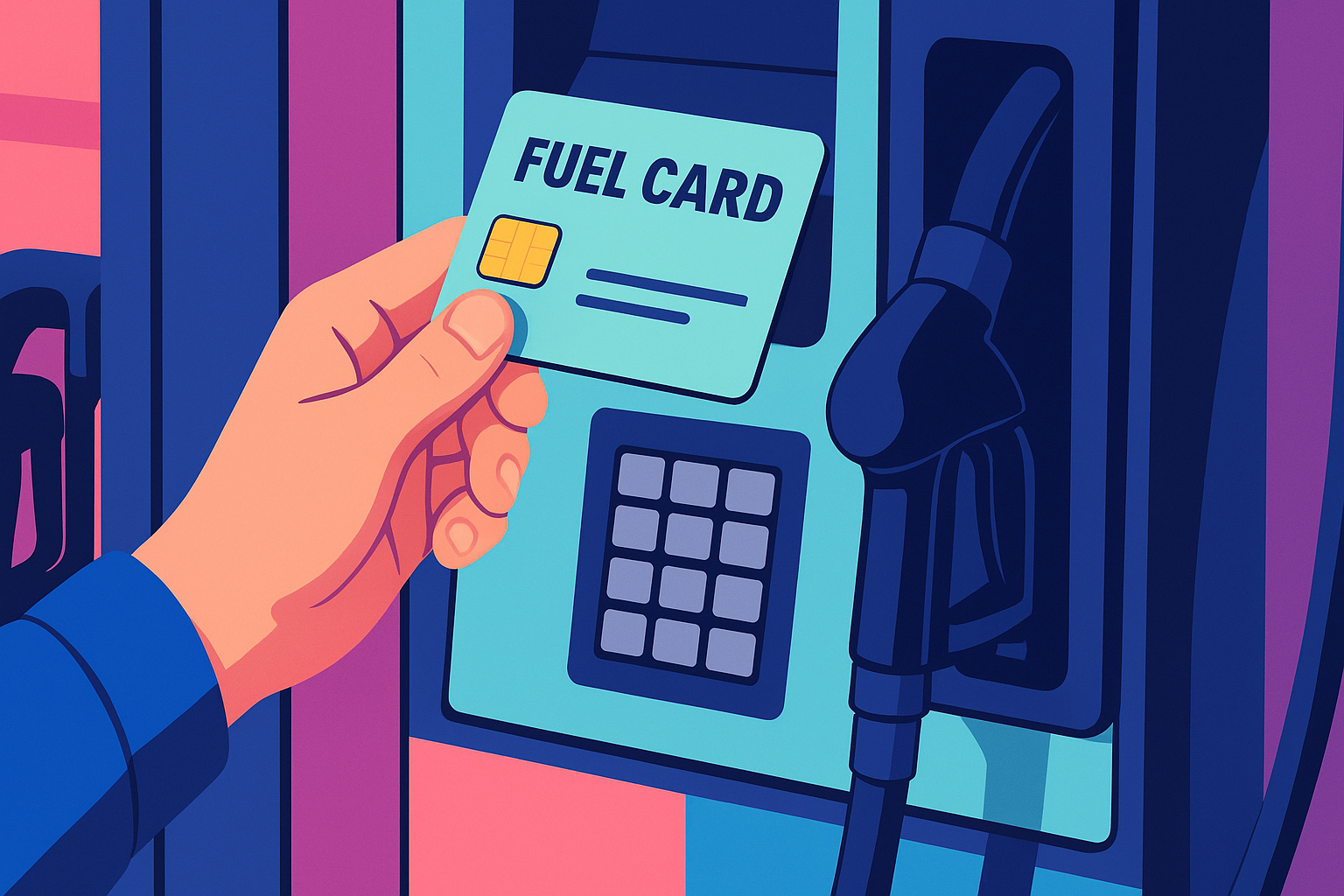Follow us on LinkedIn
Our PageIntroduction
What is a fleet license plate? What are they used for? And how do you apply for one? These are common questions any fleet manager must face when starting their profession.
This article will explain a fleet license plate and which businesses will likely apply to them. We’ll also provide specific citations from state vehicle registration departments detailing their fleet license registration requirements (if such information has been publicly released). Read on to learn more about fleet license plates and their use.
Fleet Licensing And Registration
If you haven’t yet used or applied for a fleet license, it can be tricky to understand what they are used for.
They are new to some jurisdictions: Wisconsin passed the 2021 Wisconsin Act 178 on March 11th, 2022, to enshrine fleet license plates in their vehicle registration system. [1] That’s very recent history. But because this license allows fleet managers to manage renewals and registration for dozens of vehicles simultaneously, they are almost certainly necessary if your business employs or plans to use large volumes of cars.
Here’s how Wisconsin’s Act 178 defines a fleet license plate:
The owner of a fleet of 10 or more vehicles that are automobiles or motor trucks with a gross weight of not more than 8,000 pounds may [apply, and] the department shall issue registration plates of a distinctive design with the word “Fleet” embossed on the plate for all of the vehicles in the fleet… The department shall establish a system by which the registration of a fleet of vehicles under this section may be renewed electronically. [2]
As we can see from this description, creating a fleet license plate category exists solely to reduce paperwork on both the business and agency sides.
What Fleet License Plates Look Like
This varies entirely by state and the year of the license.
In Wisconsin, fleet license plates have a design that reads “FLEET” under the alphanumeric code. Now, the Badger State is known for doing things their Wisconsinite way, and that visually distinct wave-and-mountain design[3] isn’t typical of all state fleet plates.
California’s fleet licenses look identical to the state’s regular licenses, even using the same seven-digit code for fleet and personal permits. [4]
Because vehicle registration and safety are left up to state governments to legislate and administer, each state has its fleet license, unique licensing requirements, and design.
Why use a fleet license plate?
It is more convenient to do so in the vast majority of cases. Would you prefer to register or renew 300 individual registration stickers for your company each year or fill out one electronic application for the entire batch?
From a time management and cost-savings perspective, the choice is clear. That’s why many states employ a fleet licensing program, and businesses take advantage of the opportunity. It makes light work of bureaucracy, freeing fleet managers to focus on the more urgent and vital aspects of their job.
Fleet Licensing – Just One Of A Fleet Manager’s Duties
Fleet licensing is one of the most fundamental responsibilities of a fleet manager. A fleet manager is responsible for all aspects of the upkeep and maintenance of a fleet of company vehicles, whether that fleet contains five vehicles or five hundred.
We’ve suggested above that a fleet license’s time savings justify their expense. If you are a fleet manager who renews registration stickers individually each year, consider switching so that you can focus on more crucial aspects of your role, such as ensuring each vehicle’s mechanical and operational safety.
How Do I Apply For A Fleet License Plate?
Because its state’s vehicle licensing department administers each fleet license, the requirements are different for each state.
- Check your state’s website for the Department of Motor Vehicles (or equivalent) to determine precise application requirements. For example, the DMV of California requires a minimum of 50 vehicles to apply for a fleet program. [5]
- If your business operates in multiple states, apply to the state where the fleet facility is located.
- Fleets deployed across the Canada-U.S. border should be eligible [6] to apply for an International Registration Plan license. [7]
- Submit paperwork according to state application procedure, including vehicle details such as make and model, current insurer and account, and individual title, as required.
- Pay duties or fees as required.
- Replace your vehicle’s original licenses with the new fleet license plate and renewal sticker once the licenses arrive in the mail.
- Keep all related paperwork in one location in the fleet manager’s office for next year’s renewal process.
Examples Of State Fleet License Plate Eligibility Requirements
Always check your state’s transportation agency website before applying to ensure the requirements remain current. These examples below were recent as of November 2023.
Colorado
- The Colorado DMV states its “permanent fleet registration enables the owner of 10 or more vehicles to establish a typical expiration month for their vehicles.” [8]
- Maximum number of vehicles: none.
- Restrictions: The Colorado DMV website requires that “[a]ll vehicles in the fleet MUST be in the SAME OWNER’S NAME.” [8]
Michigan
- Michigan is famously car-crazy. Maybe that’s why their state legislature passed a bill requiring 300 minimum vehicles to apply for a fleet license; anything less than that is a private collection. [9]
- Maximum number of vehicles: none provided. Furthermore, Michigan Public Act 425 of 2018 states that “at any time, an owner or lessee in good standing may add a vehicle to the list of vehicles registered under this act.”
- Restrictions: Michigan has specific restrictions concerning size, placement, and typeset of logo, business name, and other identifying information, stating they must be visible in daylight from a distance of fifty feet.
Regulatory And Compliance Issues
The penalties for noncompliance with state licensing requirements vary by state, but such penalties exist. Understanding your state’s fleet license program is crucial to ensure you (and your company) remain in good standing year after year.
Failing to renew licenses on time, driving commercial vehicles with expired permits, titles, or insurance, sticking fleet license plates on cars not registered under that license, or misusing the fleet license program to register personal vehicles could be met with fines, demerits, or even suspension of licensing privileges.
Conclusion
America’s roadways drive our innovative economy forward. Fleet licenses help businesses meet their transportation and logistic needs without creating additional bureaucratic work for the company or the state licensing bodies. A comprehensive knowledge of licensing programs and requirements is part of any talented fleet manager’s essential repository of information.
Cardata empowers fleet managers and their companies by providing information, creating tax savings, and shrinking the administrative load required for fleet management. But don’t just take our word for it – here are testimonials and case studies from some happy customers.
Sources
[1] Wisconsin Act 178 | Government Of Wisconsin
[2] WI CIE: Act 178 | Wisconsin Department Of Workforce Development
[3] Wisconsin DMV Debuts New, Stylish License Plate | WFRV Local 5
[4] California Fleet Pair #8NAD977 | License Plates Superstore
[5] Permanent Fleet Registration | California DMV
[6] International Registration Plan | Government Of Ontario
[7] Learning Hub | International Registration Plan[8] Permanent Fleet Registration | Colorado Department of Revenue
Share on:



